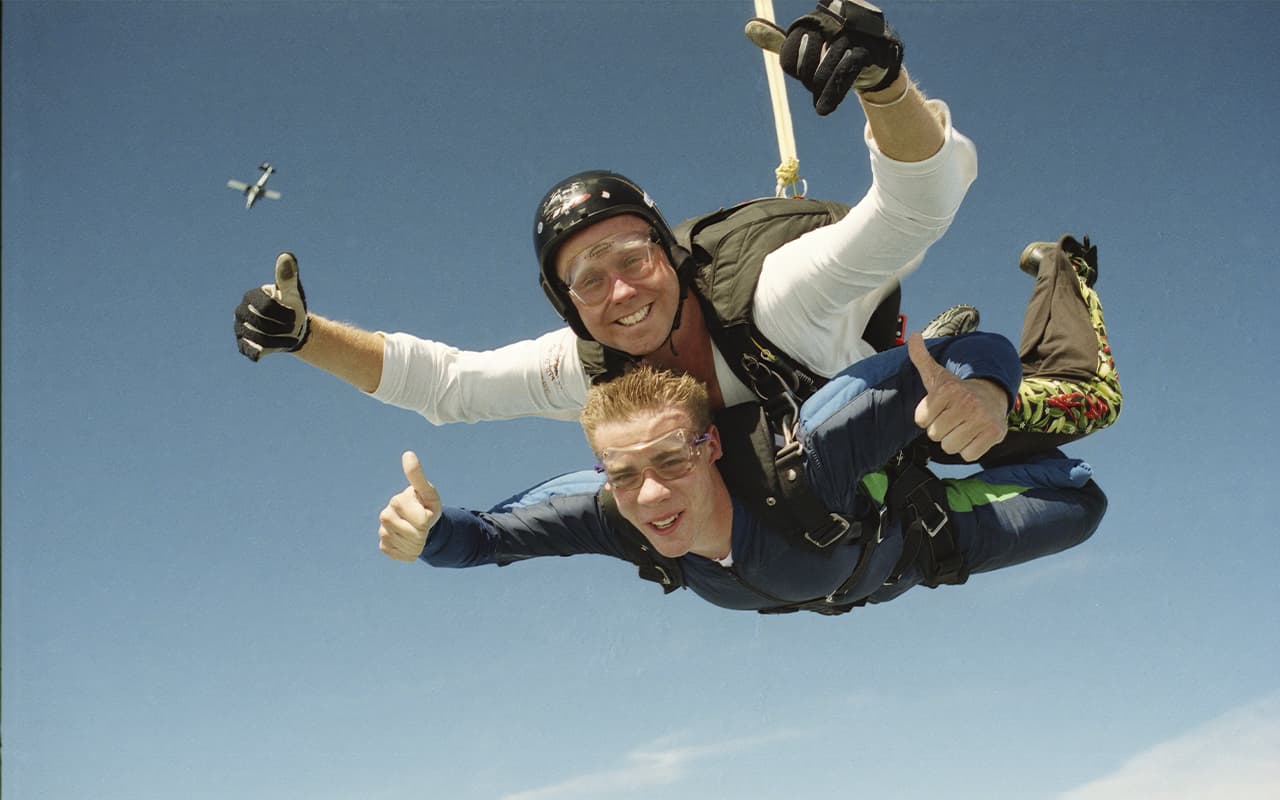Parachuting is an extreme sport, but that doesn’t mean dangerous. The parachute itself today is a fail-safe system. Another thing is the human factor, because of human errors in the air and accidents happen. In order to prevent such accidents from happening, it is necessary to remember that safety in parachuting is above all. That is why we have studied the most important aspects of this sport and offers to familiarize with the basic safety rules of a beginner parachutist.
Where to start
The first parachute was created by Leonardo da Vinci, but quite a lot of time has passed since then. Today, almost anyone can jump with a parachute, but you should not be afraid that the parachute may not open, because modern parachute systems undergo thousands of tests and trials before they get into the hands of athletes. Beginners have nothing to fear, as the newest equipment used will open the parachute even if the person is unconscious (a special atmospheric sensor is used for this purpose).
To begin with, it should be remembered that you can make your first jump in two ways: in tandem with an instructor and on your own. The first option is safer, because most of the actions from the moment of the beginner’s jump from the airplane to the landing are performed by the instructor himself, who has sufficient experience (as a rule, more than 1000 jumps). To perform this type of jump it is enough to register at the airfield, pass a medical examination and do some ground training with the instructor. After that, the beginner will receive all the necessary equipment and can prepare to board the plane and jump.
The second type of jumping requires a longer preparation (from 4 to 7 hours), passing a theoretical and practical test. Having performed all tasks and correctly answered the questions, a person will receive equipment and will be admitted to a single jump. Of course, this type of parachute jump is more difficult for a beginner, so the parachute club can offer a variant with two instructors, who give the opportunity to perform all actions independently, but control the flight and landing.
Having decided on the preferred type, you can proceed to the selection of a suitable parachute club. To do this, you should come to the chosen club, talk to the staff, discuss all the important points with the instructor, make sure that the club has all the necessary permits for such activities. Of course, it is recommended to see how parachutes are assembled, transported, where and in what conditions they are stored, to learn about the equipment used, whether it is checked before each jump….
In no case you should not go to a parachute club, in which training is put on a conveyor belt, because even if studying in such a school may be cheap, life is more expensive in any case. A good parachute school should be primarily concerned with the safety of parachute jumps.
